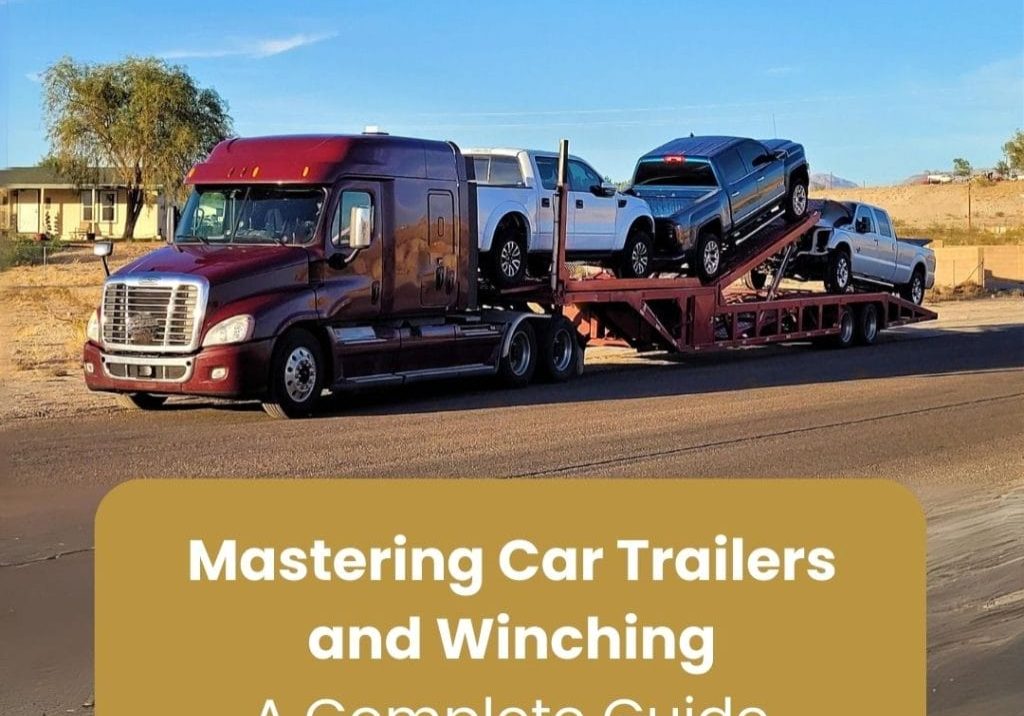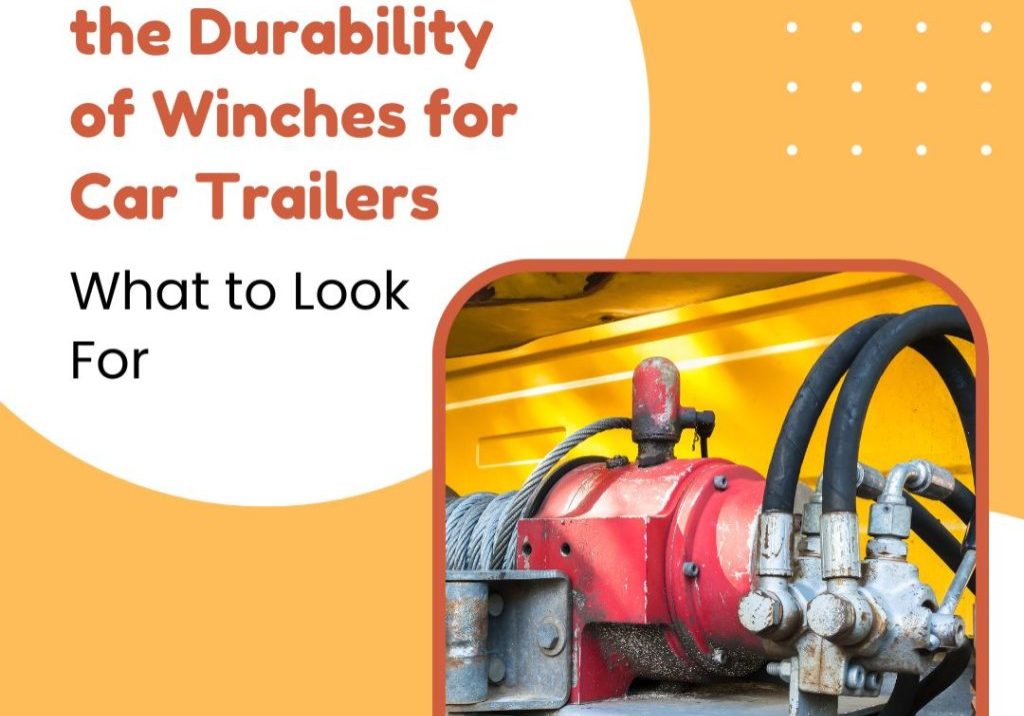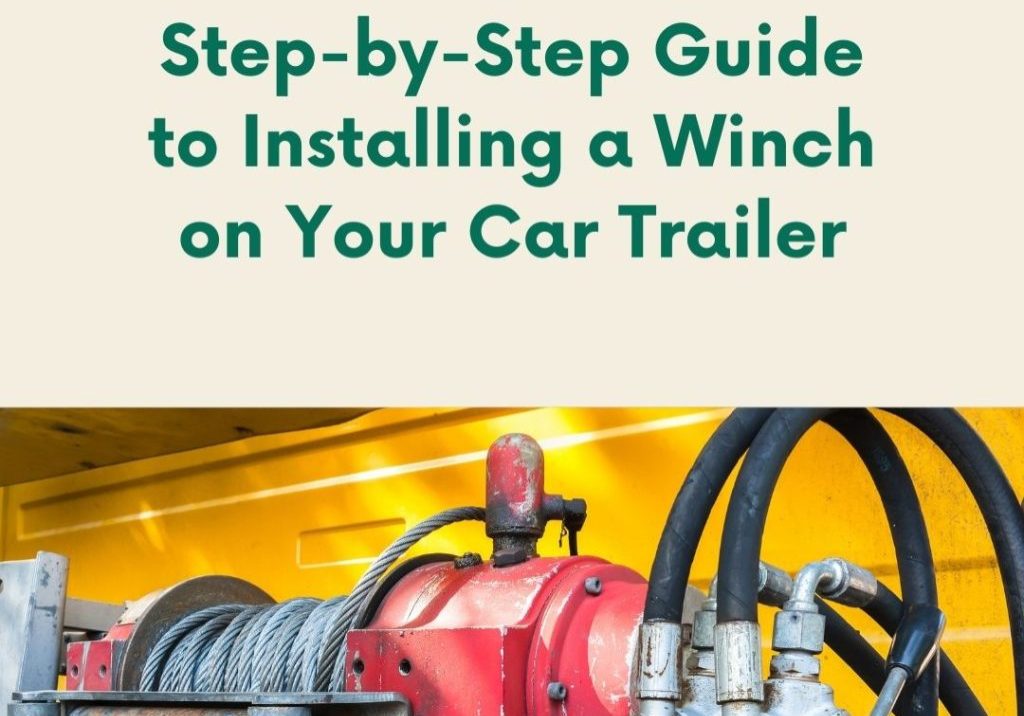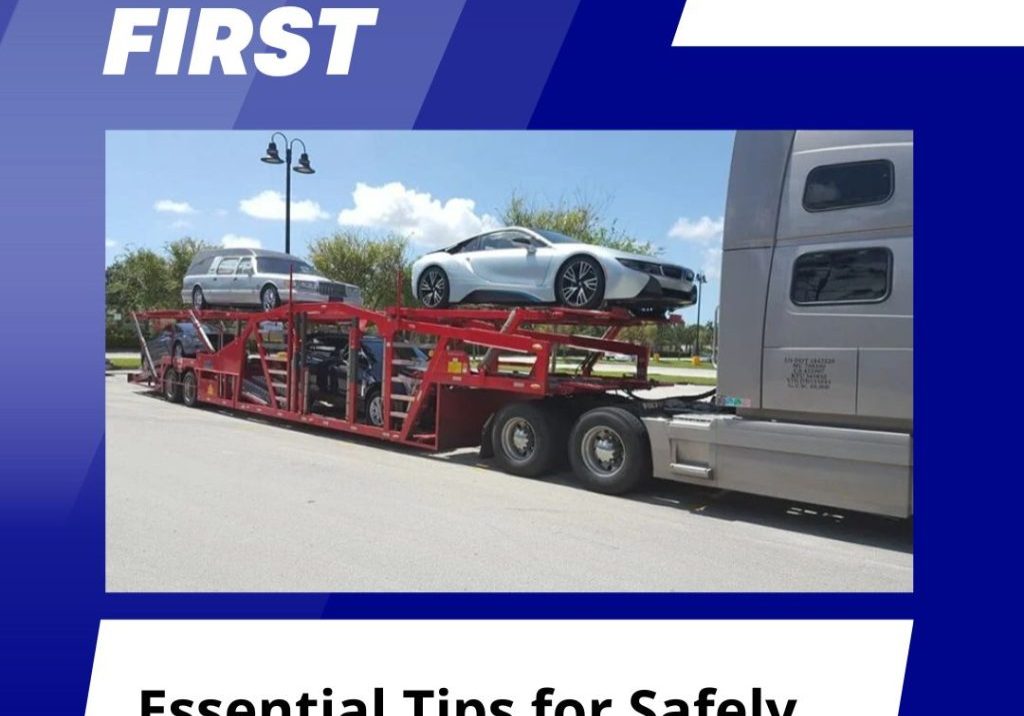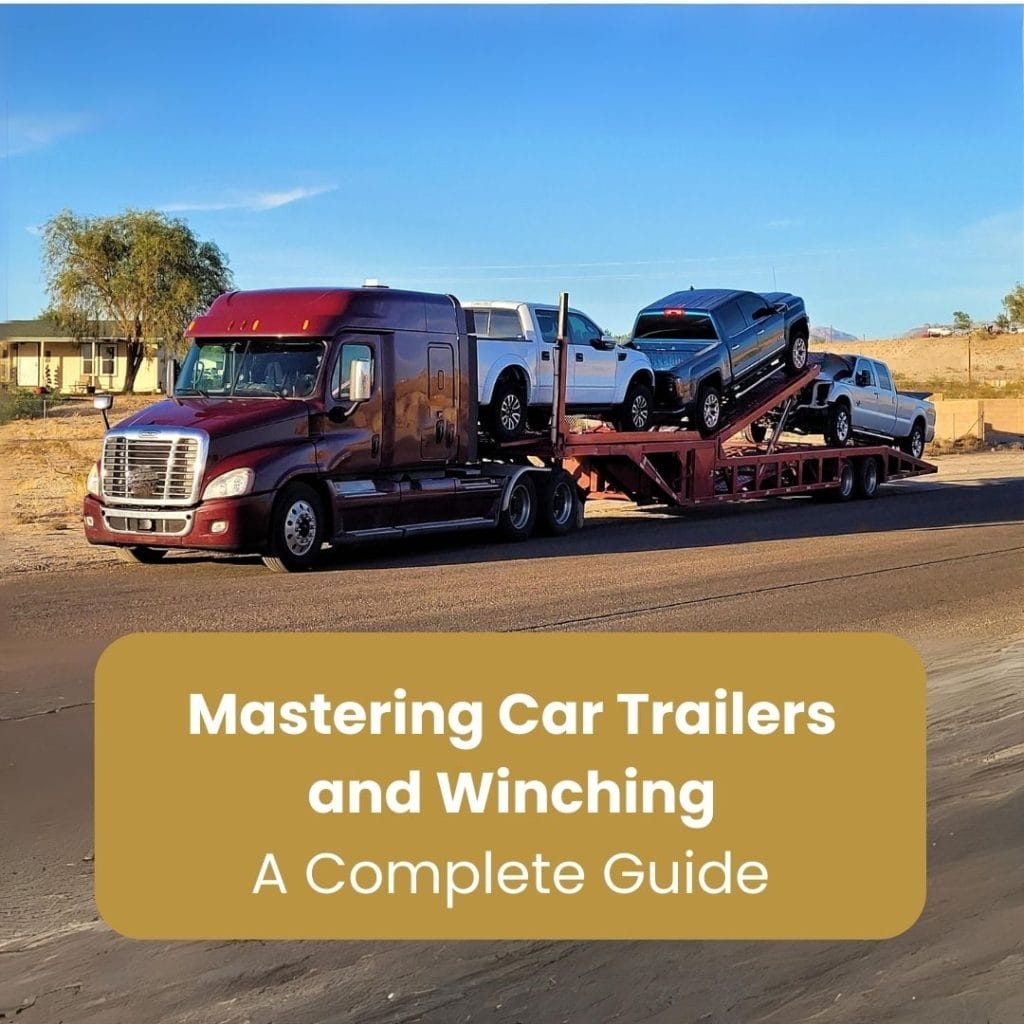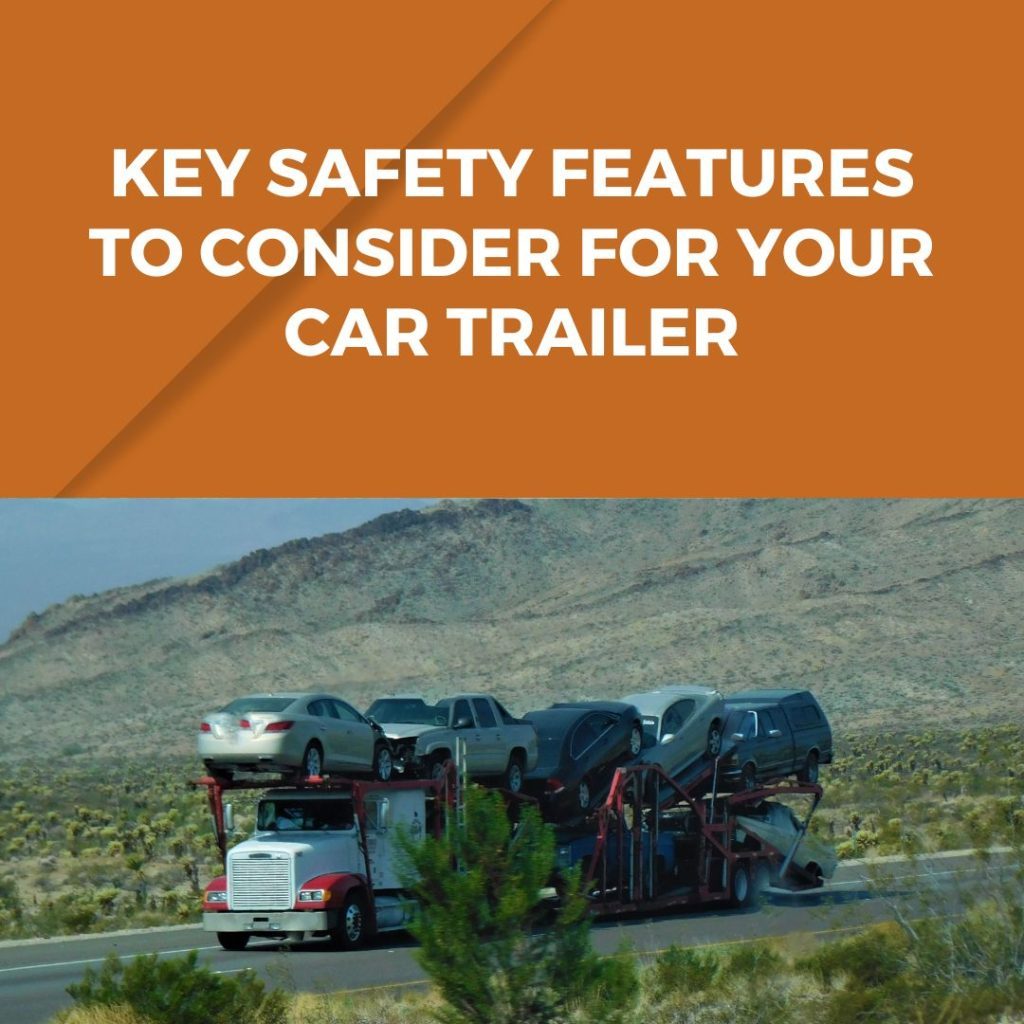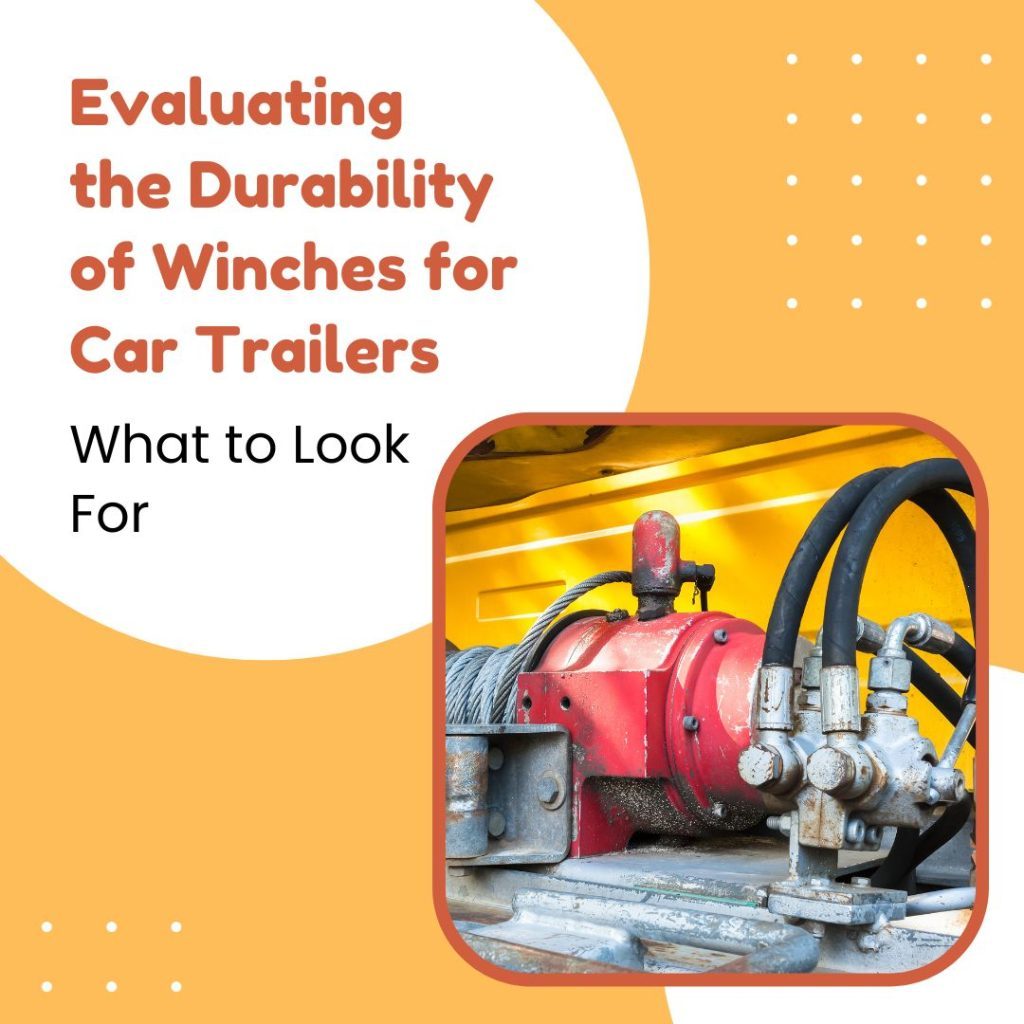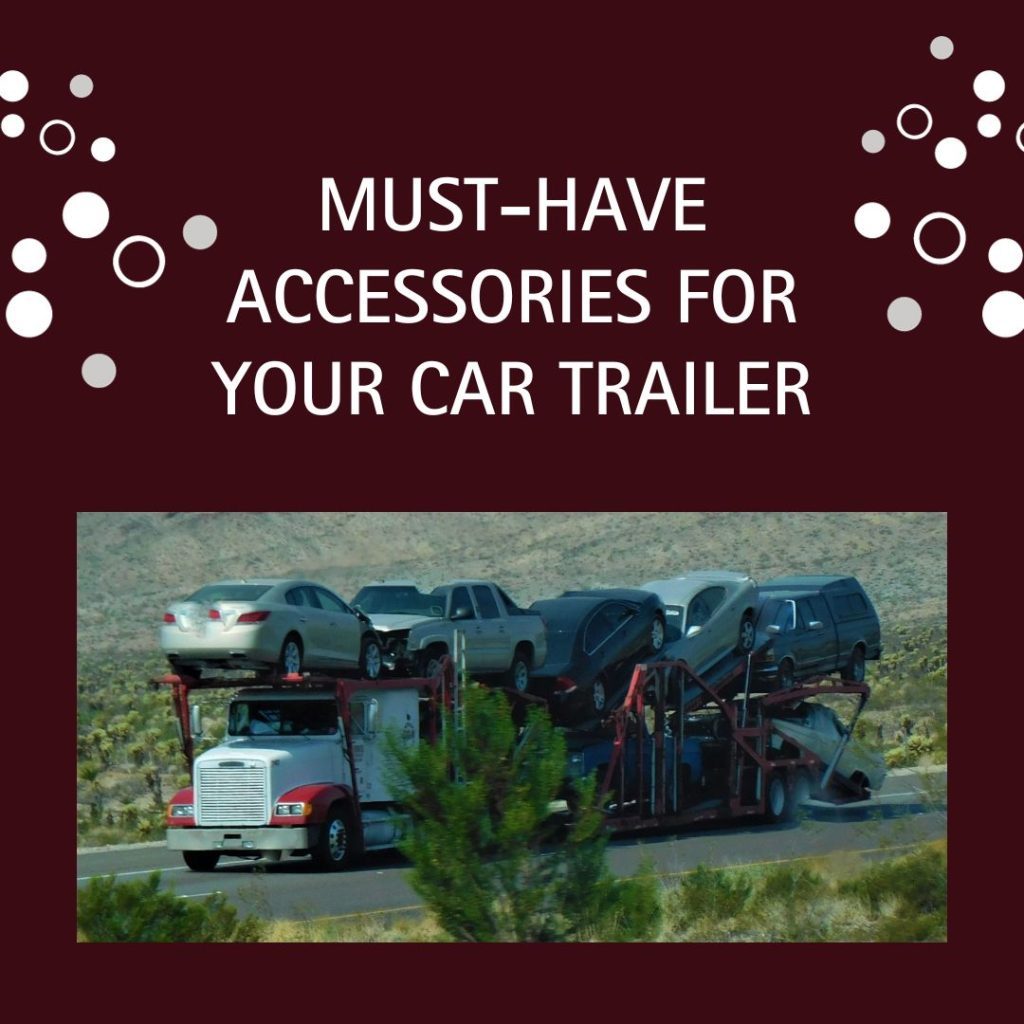Whether you are an experienced off-roader or a novice, knowing how to properly winch your car trailer is essential. In situations where your vehicle gets stuck in challenging terrain, winching not only helps recover your car but also prevents any further damage. While basic winching techniques can get the job done most of the time, advanced techniques can come in handy when dealing with more challenging situations.
In this guide, we will discuss some advanced winching techniques that can help you recover your car trailer safely and efficiently. So let’s get started!
Understanding Advanced Winching Techniques
Before we dive into the specifics, it is important to understand the basic principles of winching. A winch works by attaching a cable or rope to an anchor point and using a motorized drum to reel it in, pulling the stuck vehicle towards the winching point. The key to successful winching is knowing how to use your equipment effectively and safely.
Advanced Snatch Blocking with a Winch
In a previous discussion, we explored the use of snatch blocks for altering your angle of attack and increasing the workload capacity of your winch during a pull. As a quick reminder, the general rule is that by doubling the line back on itself, you can effectively double your pulling power while halving the pulling speed. Now, let’s delve into the mathematical aspects of these pulls and how they contribute to enhancing recovery efforts while extending the lifespan of your equipment.
Fundamentally, the snatch block divides the load weight you’re pulling among all the lines as they are doubled back. For instance, employing a single snatch block and redirecting the line back to the winching vehicle “doubles” the power, distributing the load across the two lines. With the use of two snatch blocks, the force can be tripled or quadrupled, depending on the setup. There is no strict limit on the number of blocks you can use for a pull, as long as you avoid overloading the weakest component of your equipment. It’s crucial to identify which elements are not rated for the intended pull.
The terms “doubled” or “tripled” are often used for conceptual clarity during a pull. Although a winch may be officially rated for 10,000 lbs., you can effectively double that and pull 20,000 lbs. However, a significant concern arises because the line may not be rated for such intense work and could break under extreme conditions. While using snatch blocks to generate substantial force for a load is permissible, it’s imperative to ensure that every component is rated for the maximum force that may be applied. If the load is too immovable, attempting to pull it forcefully may result in violently detaching the winch from the frame of your vehicle, leading to significant damage and expenses. This serves as a sarcastic reminder that it’s easy to make mistakes in this process, potentially causing the destruction of various components. It’s noteworthy that the winch mount is unlikely to be the first component to fail in this scenario, as the weight is evenly distributed across each segment of the winch line.
Rollover Recovery
If your vehicle has rolled over on the trail and there’s a possibility of getting a tow truck or another professional to assist, it’s advisable to pursue that option. For instance, there was a recent incident of a Unimog rollover in Big Bend, and it took several days to address due to the need for a large crane to correct such a situation. This serves as a practical example of the potential limitations involved in this type of recovery. However, for more common situations, like a Jeep or Toyota rollover, it’s possible to restore the vehicle to an upright position and drive out after performing a fuel reset procedure and checking the cylinders for oil/fuel excess.
In cases where professional assistance is not readily available, or you find yourself in a challenging situation, you may proceed with the recovery using various combinations of snatch blocks and vehicles equipped with winches. Set up a high anchor point on the frame or a dedicated recovery point. The primary concept here is straightforward: the vehicle rolled due to steep terrain and a lack of driver skill. When the vehicle is brought back onto its wheels, the challenging terrain remains a significant factor. Often, groups may prioritize flipping the truck without considering some crucial aspects of the recovery process.
To start, ensure your emergency brakes are disengaged, lockers are disengaged, and the transmission is in neutral. With the truck bouncing into an upright position, there will be substantial shock on the driveline, potentially causing damage to components. The key challenge here is that the freed truck may roll up or down the obstacle that caused the rollover. Coordinating winching with a vehicle positioned uphill is crucial. One winch can be used to right the vehicle, while another maintains tension to prevent it from rolling away.
Commonly, all winching vehicles are anchored to trees or boulders to avoid equipment damage or the risk of another truck being pulled along if things go awry. Various tools such as winches, extensions, snatch straps, etc., should be employed to ensure safety for everyone involved.
The next consideration is how to make the truck pivot. There’s a possibility that the truck may slide or shimmy toward the winching vehicle instead of falling back directly. In a recent scenario, where the truck was on its passenger side, creating obstacles with heavy rocks after digging into the ground near each passenger wheel forced the truck to pivot. Care should be taken not to place the rocks too high, as this could lead to damage to the axles/axle tubes once the vehicle is upright. Other options include tethering the lower side wheels to trees or another vehicle. While forcing the pivot is not a common practice, it’s essential to be aware that it can happen.
Following this, have someone with mechanical expertise inspect the engine and gearboxes to ensure nothing is at risk of running dry or failing. If oil has entered the intake or cylinders, there is a risk of bending a rod or blowing a head gasket. Once it’s confirmed that the vehicle is safe to start, proceed with restarting it and continue the recovery process. If the vehicle won’t start, towing becomes a challenging option, but it’s crucial to remember that a tow ball is not a suitable recovery point. Make well-informed decisions in such situations.
High Angle Recovery
If your vehicle is mired in exceptionally deep mud or you need to winch up and over an obstacle, a winch can inadvertently cause more harm than aid. When dealing with very steep inclines, it’s crucial to establish the winch anchor point at a considerable height. Typically, this necessitates sturdy and tall trees, making it quite a challenging task, pun not intended. Before initiating the pull, carefully assess your options for securing high mounting points. This approach ensures that you avoid adding shear stress to your suspension components and prevents your winch lines from failing midway through the recovery process.
This holds true when extracting a vehicle from mud. As previously mentioned, it’s not uncommon to come across online videos depicting the undercarriage being forcefully torn off trucks by significantly larger vehicles. Opting for high mounting points for your winch becomes crucial in breaking the suction effect caused by dense mud. While dealing with a very muddy pit might not pose a significant challenge, it’s essential to ensure that the angle of your winch line allows the vehicle to be smoothly pulled up and out of the pit.
However, the dynamics change dramatically when the mud starts to dry. Thick mud creates a suction effect around the truck’s wheels, effectively keeping them firmly in place. Choosing a high angle of attack can be immensely helpful in facilitating the movement of the vehicle.
In cases where a high mounting point is not readily available, you can improvise by creating an artificial one using tools like a Hi-Lift Jack, thick logs, large rocks, and so on. It’s crucial to keep in mind the weight limit of the Hi-Lift bar, as it typically does not favor loads exceeding 5000 lbs. Excessive force may lead to the breakage of the cast iron ladder bar. While the front of a truck is unlikely to exert enough force to break the Hi-Lift when driven in a controlled manner, this should be considered a last-resort tactic in certain scenarios. For instance, during steep climbs, aggressive throttle usage can escalate the risk to your vehicle, equipment, and bystanders, making it a potentially dangerous maneuver.
Conclusion
While it’s impossible to cover every detail in just three articles, we’ve addressed a substantial amount. Ensure your gear is consistently clean and well-maintained. Securely mount all equipment, avoid unnecessary risks, stay attentive, and, most importantly, have fun. Engaging in these activities is not only enjoyable but also provides valuable opportunities for skill development. Designate a single person to lead intricate recovery operations and adhere to this decision. Prioritize the establishment of clear hand signals and, if someone appears agitated, either remove them from the situation or take control. I’d rather err on the side of extra caution and face criticism from friends than find myself in a hospital bed, questioning the recovery of my eyesight.
Your winch is an exceptional piece of equipment capable of extricating you from challenging situations. Properly care for your gear, and it will reciprocate. While there’s no need to fear your winch, maintaining a healthy level of respect for its capabilities is paramount.

